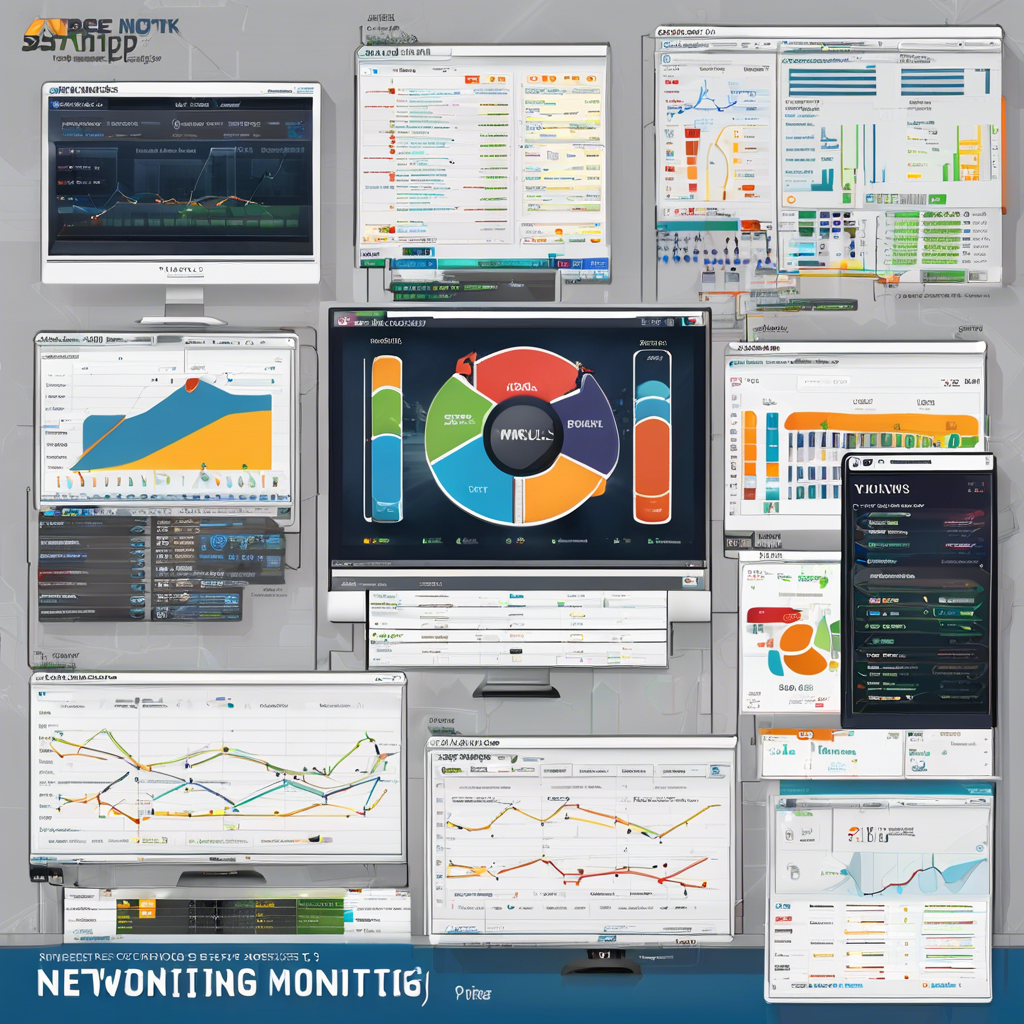Network monitoring tools are essential for businesses and organizations to ensure the smooth operation of their networks. These tools help IT professionals monitor network performance, detect issues, and troubleshoot problems in real-time. With the increasing complexity of networks and the rise of cybersecurity threats, having reliable network monitoring tools is crucial for maintaining a secure and efficient network infrastructure.
One of the key features of network monitoring tools is their ability to provide real-time visibility into network performance. These tools collect data on network traffic, bandwidth usage, latency, and other key metrics to help IT teams identify potential issues before they impact users. By proactively monitoring network performance, organizations can prevent downtime, improve user experience, and optimize network resources.
Another important function of network monitoring tools is the ability to detect and alert IT teams about network anomalies and security threats. These tools use advanced algorithms and machine learning capabilities to analyze network traffic patterns and identify suspicious activities that may indicate a potential security breach. By promptly alerting IT teams about security incidents, network monitoring tools help organizations mitigate risks and protect sensitive data.
Network monitoring tools also play a crucial role in optimizing network resources and improving overall network efficiency. By monitoring network traffic and performance metrics, IT teams can identify bottlenecks, optimize bandwidth usage, and allocate resources more effectively. This not only helps organizations reduce network congestion and improve performance but also enables them to make informed decisions about network upgrades and expansions.
In addition to monitoring network performance and security, network monitoring tools can also help organizations comply with regulatory requirements and industry standards. These tools provide detailed reports and analytics on network activity, which can be used to demonstrate compliance with data protection regulations, such as GDPR or HIPAA. By maintaining comprehensive network monitoring records, organizations can ensure data integrity and accountability.
One of the challenges organizations face when selecting network monitoring tools is choosing the right tool that meets their specific requirements. With a wide range of network monitoring tools available in the market, it can be overwhelming to determine which tool is the best fit for a particular organization’s needs. Factors to consider when selecting a network monitoring tool include scalability, ease of use, integration capabilities, and cost-effectiveness.
Some popular network monitoring tools in the market include SolarWinds Network Performance Monitor, Paessler PRTG Network Monitor, Nagios XI, Zabbix, and ManageEngine OpManager. These tools offer a range of features, such as network device monitoring, bandwidth analysis, alerting, reporting, and automation, to help organizations effectively monitor and manage their networks.
When implementing network monitoring tools, organizations should establish clear monitoring objectives and define key performance indicators (KPIs) to measure the effectiveness of their monitoring efforts. By setting specific goals and metrics, organizations can track their progress, identify areas for improvement, and make data-driven decisions to optimize their network performance.
In conclusion, network monitoring tools are essential for organizations to ensure the security, performance, and reliability of their networks. By leveraging the capabilities of network monitoring tools, IT teams can proactively monitor network activity, detect issues, and optimize resources to maintain a secure and efficient network infrastructure. With the right network monitoring tools in place, organizations can enhance their network visibility, improve operational efficiency, and mitigate risks effectively.
